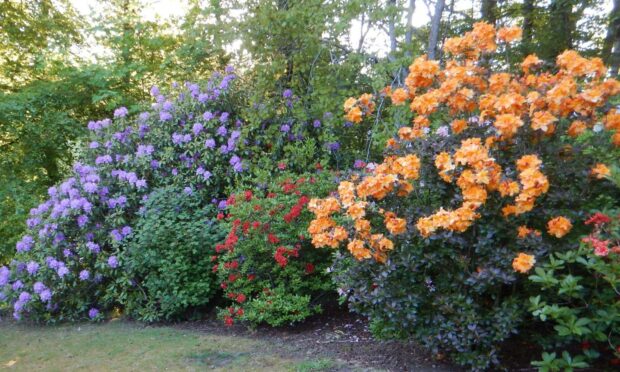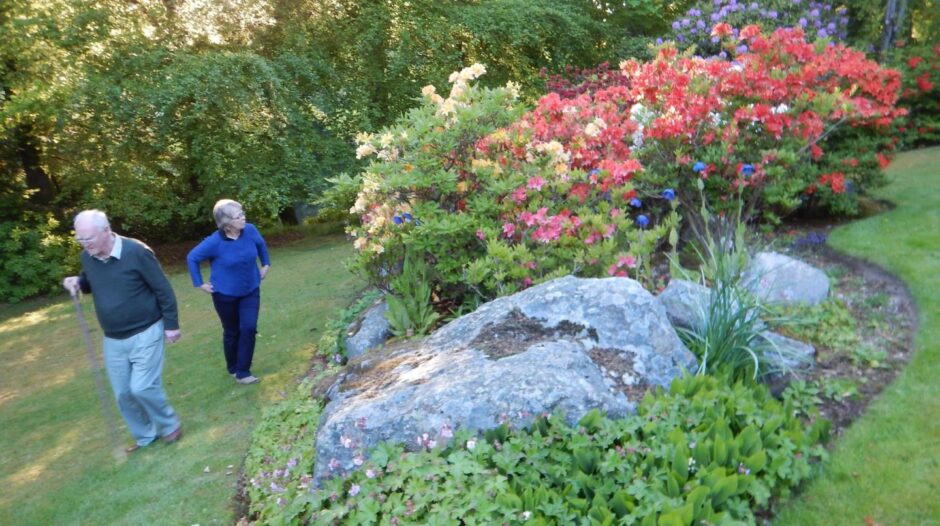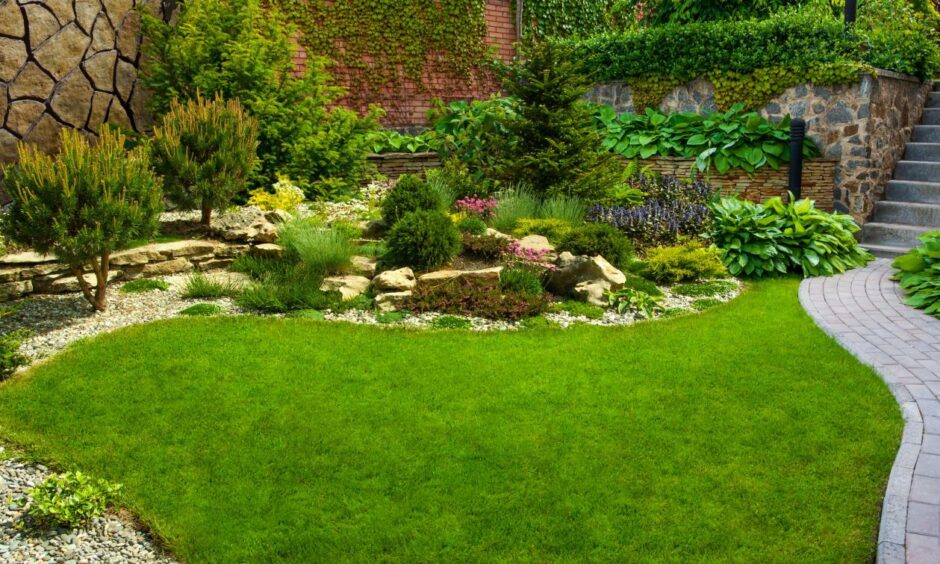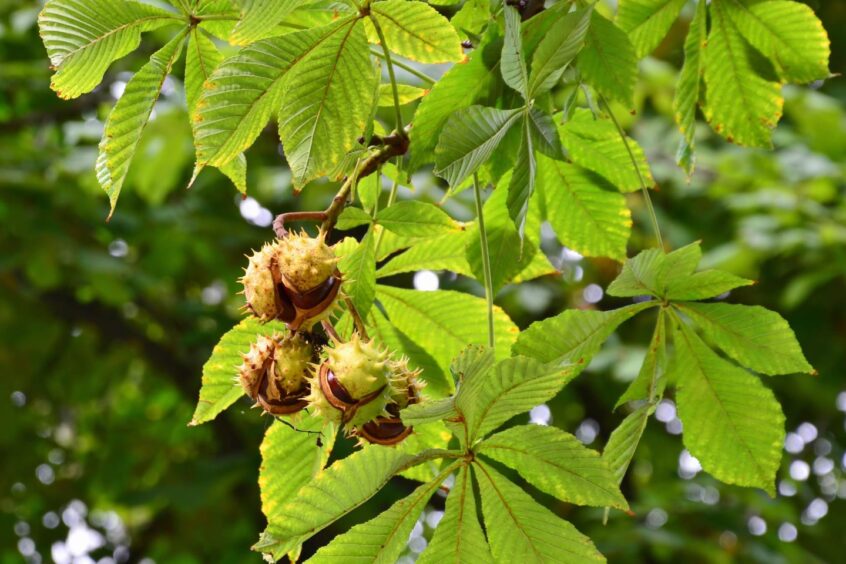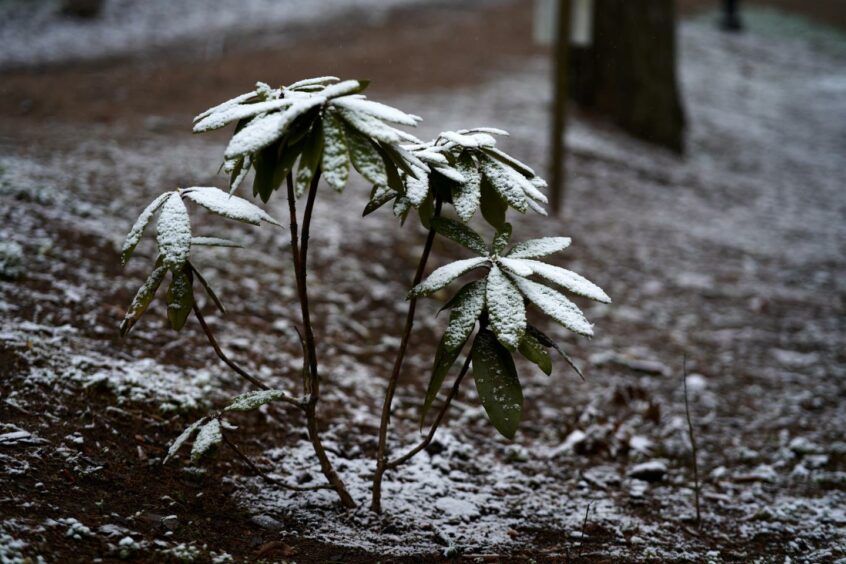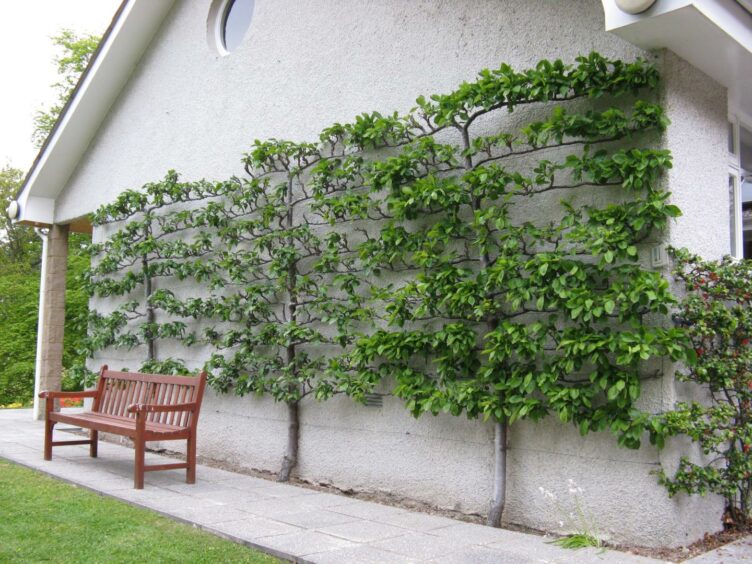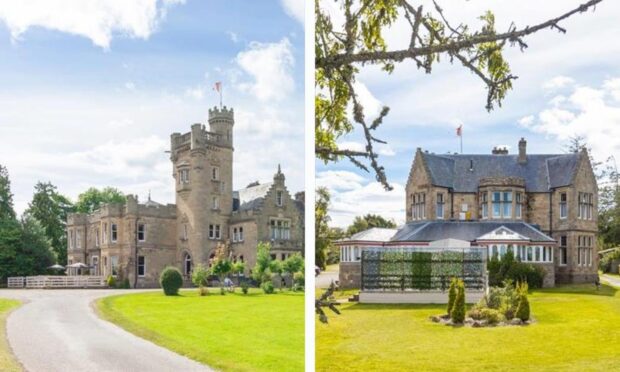It has not been a good week in my horticultural world.
I refer to the passing of retired surgeon Norman Matheson noted as an author, illustrator and piping judge.
He also happened to have one of the finest woodland gardens in the north-east, planted with a superb collection of rhododendrons.
We visited it some years ago with the Beechgrove cameras but I had known him for some time before that, courtesy of other dear friends the late Pat Mitchell and his wife Liz.
A spring visit to Norman’s garden was an annual highlight for Pat, Liz, Billie and myself.
As an addendum to that, this being the pruning season, the espalier plum tree which I have featured on numerous occasions was trained and maintained by Norman Matheson – he wisnae jist a dab haun wi rhoddies, bagpipes and the surgeon’s blade.
Gardening dilemmas
As you must know by now, one of my favourite sayings is “do your homework”, when faced with a gardening dilemma.
Here’s a classic example from a couple of weeks back. Question: Can you grow a Sweet Chestnut tree in the Scottish Highlands?
The short answer is yes… BUT.
I had dealt with a similar question before, in a slightly different context. It went like this: Bob had planted a Sweet Chestnut in Nethybridge, grown from a seed (a chestnut bought to make stuffing for the Christmas turkey, would you believe).
He planted it in the garden, where it grew ie stayed alive, for a few years but got “knocked back” every winter.
In the end, still small enough to move, he gave it to his son who lives in Wiltshire where the tree is thriving. That says it all.
Climate change
In relation to climate change, it is a given that we must plant more trees to capture carbon – the message is on every second news page these days.
In passing I might add, hopefully the massive tree plantings being recommended is much more than dense plantings of foreign conifers.
No doubt these reports will encourage many gardeners to plant a tree or two on the basis that every little helps.
My advice being, don’t get carried away by planting something you spotted when on holiday in Timbuktu, climate change isn’t going to happen as quickly as that.
The Sweet or Spanish chestnut (Castanea sativa) story is a good case in point.
It did grow in Scotland but it didn’t thrive, though it does grow and fruit in the south of England.
Confusingly perhaps, another chestnut, the Horse Chestnut, which belongs to a different genus, being a native of the Balkans, does well in these parts.
Provenance
It is all to do with provenance, meaning “the original physical location from which any living thing originates”.
This applies to plants of course, and therefore it is paramount that the exact location of the original is accurately recorded.
If you want to discover the provenance of a piece of silver, you can find most of the information from the hallmarking – where it was made and when, etc.
Did that chestnut which was bought to make stuffing for the Christmas dinner come from a tree in the south of England, south of France, Morocco or Pakistan?
Whichever, when it germinated in Nethybridge and was eventually planted outside, how was it going to perform?
Let’s say it was planted out in June, tolerant of cool conditions as they are, it would respond by growing as opposed to dying.
When the autumn rains arrived however, coupled with dropping temperatures and shorter days/longer nights, how was it going to react when all its instincts that had evolved over centuries were being thwarted or ignored? ‘Nuff said.
It reminds me of the story about the baby camel (I don’t imagine I have to be politically correct here, do I?), who says to mum: “Why have I got such big feet?” Mum replies: “Because we are desert animals, they enable us to travel on sand with some ease.”
“Why do we have such hairy skin?”
“To help us keep cool in the heat of the desert.”
“Why the great food/water carrying capacity?”
“Long journeys between suitable grazing and water holes.”
Then comes the $64,000 question: “Mum, what are we doing here in Edinburgh Zoo?”
True potential
Plants are remarkably tolerant on the whole, and as a result they will often “perform” for you without ever reaching their true potential.
If in doubt, before investing, do a wee bit of research, because trees in particular take a long time to mature and achieve the effect you desire – think very carefully and give yourself some options.
The Bard
As a born Ayrshireman, steeped in the works of Robert Burns from an early age, I must end with an appropriate toast this week.
“O Scotia, my dear my native soil. For whom my warmest wish to Heaven is sent
Long may thy hardy sons of rustic toil, be blest with health and peace and sweet content.”
